
There are many films, both genuine and made-up, that feature mathematical ideas and/or well-known people in the field. Uncertain about where to begin? Consider watching one of these 20 movies about math, mathematicians, or math geniuses.
“Stand and Deliver” (1988)
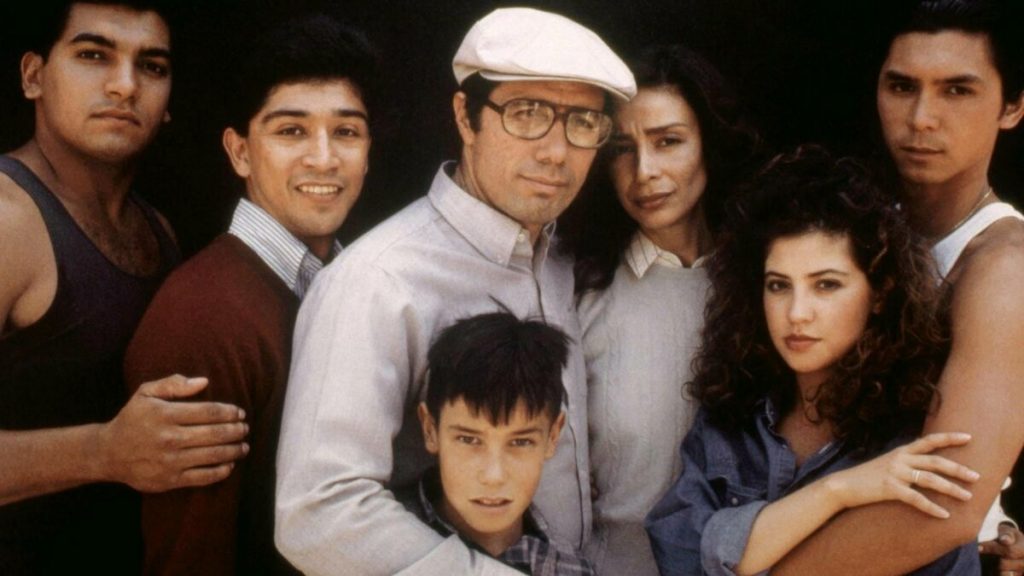
Many movies and TV series throughout the years have featured professors who motivate underachieving students to accomplish above and beyond expectations; “Stand and Deliver” from 1988 was the prototypical example. “Stand and Deliver” received two Golden Globe nods and an Academy Award nomination based on the experiences of real-life math instructor Jaime Escalante. Edward James Olmos received a Best Actor award at both ceremonies for his depiction of Escalante.
“A Brief History of Time” (1991)
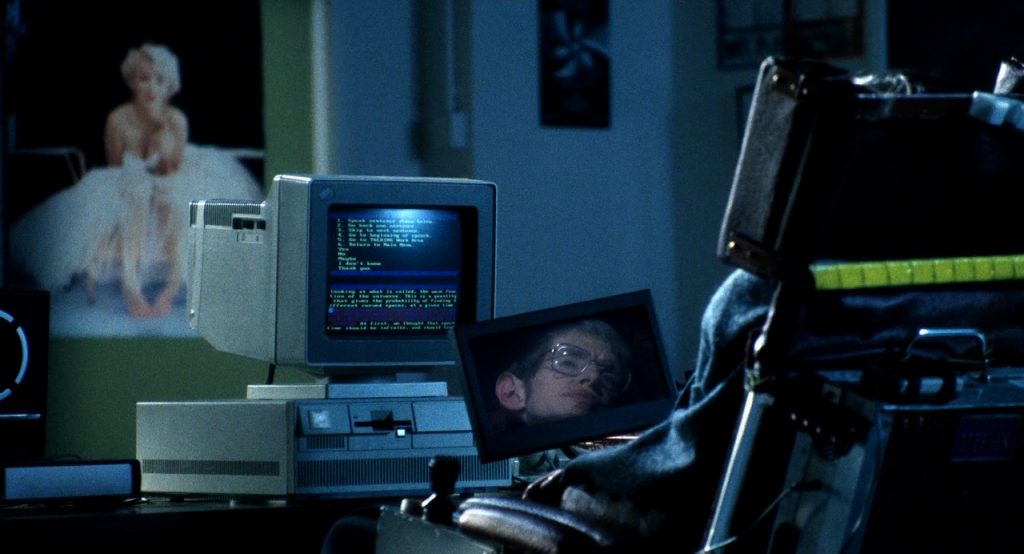
There was “A Brief History of Time,” a different biopic about Stephen Hawking’s life, which was released more than 20 years before “The Theory of Everything,” the 2014 Oscar-nominated film about his life (which we’ll get to later). And why shouldn’t there be several films created about the late theoretical physicist, cosmologist, and author? He was essentially a modern-day Einstein. To further distinguish the two, “The Theory of Everything” is a dramatized semi-documentary, but “A Brief History of Time” (named after Hawking’s most well-known work) is a documentary authored by Hawking himself.
“Sneakers” (1992)
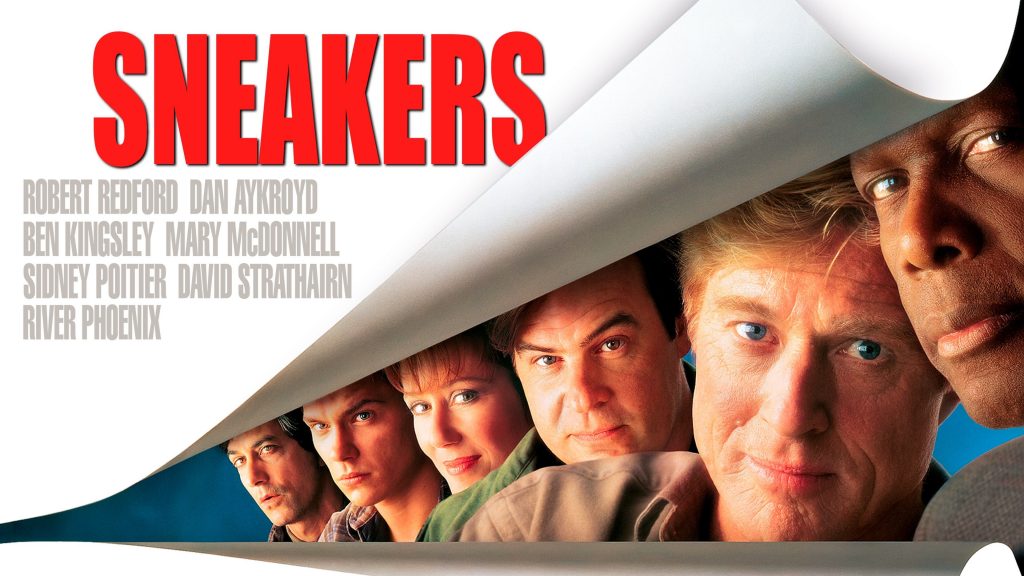
There are more movies that suit this criteria besides the 1975 classic “Three Days of the Condor,” which comes to mind when the phrases “spy movie” and “Robert Redford” are mentioned. In the spy comedy “Sneakers,” which was released in 1992, Redford co-starred with Dan Aykroyd, Ben Kingsley, Mary McDonnell, River Phoenix, Sidney Poitier, and David Strathairn. The plot centers on a team of hackers, techies, and espionage specialists who are hired by the government to steal a code-breaking device but wind up getting caught up in the investigation of a mathematician’s murder. The creators of “Sneakers” took the mathematical elements seriously for a humorous play and hired Leonard Adleman as a mathematical adviser. Adleman was primarily recognized at the time for having invented the term “virus.” He is, however, now
“Infinity” (1996)
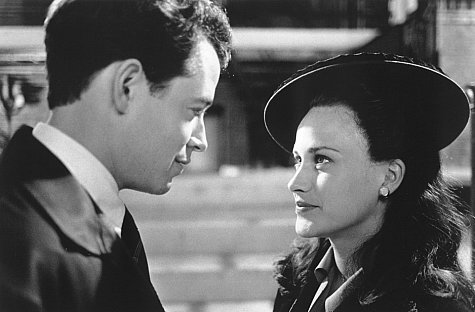
Richard Feynman worked extensively with mathematics as a theoretical physicist, most notably in the development of the atomic bomb during World War II and in the investigation of the Challenger space shuttle disaster, in addition to his significant contributions to the fields of quantum mechanics, quantum electrodynamics (for which he received the Nobel Prize in 1965), and particle physics. The 1996 movie “Infinity” focused on two aspects of Feynman’s life: his relationship with his first wife, who tragically passed away from tuberculosis at the age of just 25, and his work on the A-bomb. It was based on the semi-autobiographical books “Surely You’re Joking, Mr. Feynman!” and “What Do You Care What Other People Think?” Feynman is played by Matthew Broderick, and Patricia Arquette appears.
“Good Will Hunting” (1997)
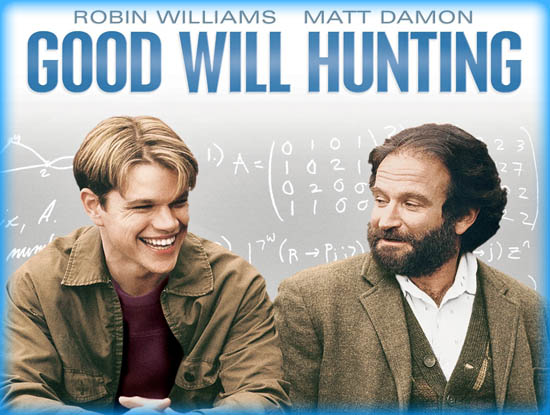
With his self-taught, borderline-genius mathematical intelligence, Will Hunting (Matt Damon), a blue-collar janitor employed by MIT, would have been better suited as a graduate student or faculty member. In order to further explore Hunting’s lack of motivation and inner demons, Professor Lambeau (Stellan Skarsgrd), who is a psychologist, introduces him to Dr. Sean Maguire (Robin Williams) while Hunting is secretly working on a challenging math problem posted on one of the school’s blackboards one evening. The drama “Good Will Hunting” was eventually purchased by Miramax, directed by Gus Van Sant, and won Academy Awards for Best Supporting Actor (Williams) and Best Original Screenplay in addition. It was written by Damon and Ben Affleck (who played a supporting role) when the two were unknown 20-somethings.
“The Lost World: Jurassic Park” (1997)
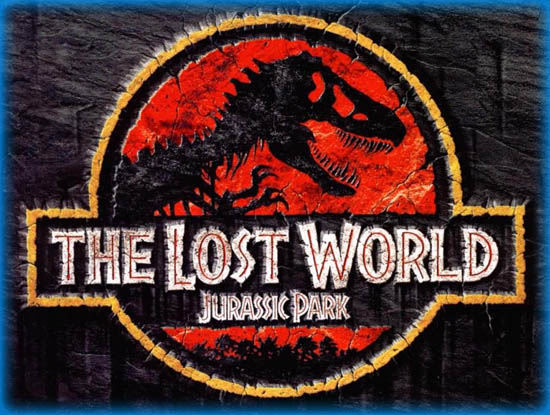
Mathematician Dr. Ian Malcolm made his first appearance in the Jurassic Park franchise in the 1993 film “Jurassic Park” and returned in the 2018 installment “Jurassic World: Fallen Kingdom.” However, his most significant role within the series came in the form of the 1997 film “The Lost World: Jurassic Park,” where he took on the role of the protagonist. Interestingly, in Michael Crichton’s original novel “Jurassic Park,” Malcolm was declared dead, but due to the character’s survival in the successful movie adaptation, the author decided to bring him back for the book’s sequel. This decision allowed Jeff Goldblum to reprise his role in subsequent films. “The Lost World,” directed by Steven Spielberg, also featured notable actors such as Julianne Moore, Vince Vaughn, Pete Postlethwaite, and Arliss Howard, and it achieved a remarkable box office performance with earnings of $619 million.
Cube (1997)
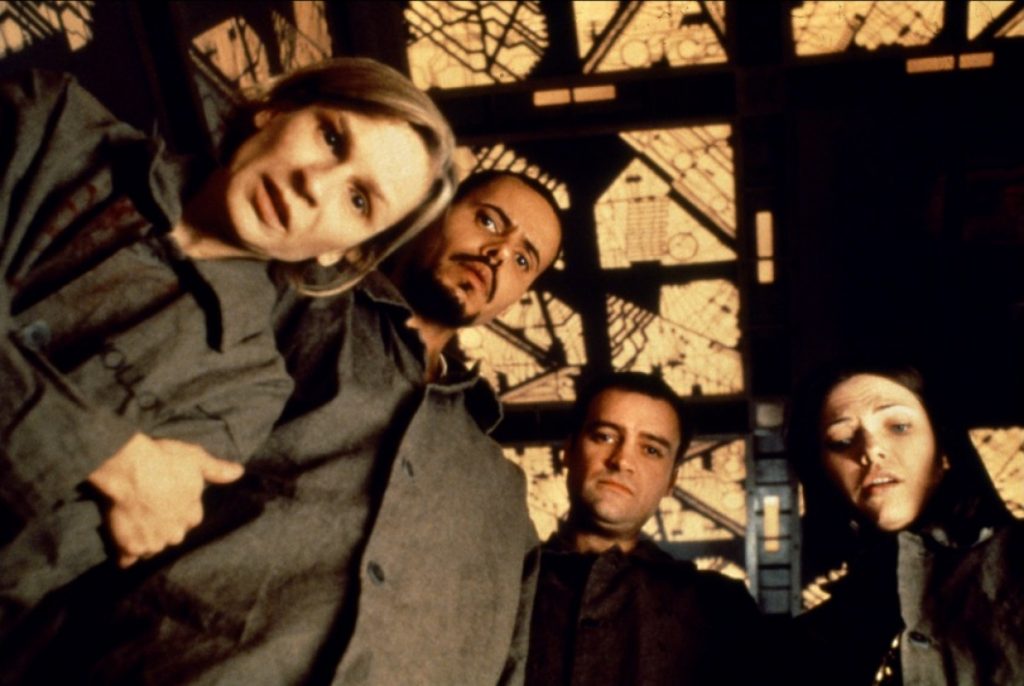
Our third entry from 1997 is a film called “Cube,” and it stands out dramatically from other releases of that year. In fact, it’s unlike any movie we’ve ever seen. Essentially, it revolves around the plight of five individuals trapped in a vast interconnected maze of cube-shaped rooms, with many of these chambers harboring deadly traps. As the group struggles to comprehend why they are in this labyrinthine nightmare and where exactly “there” is, their primary goal becomes survival. While “Cube” didn’t receive much acclaim from critics due to its weak acting and script, this sci-fi horror gem eventually gained a dedicated cult following thanks to its inventive premise and generous servings of gore.
Pi (1998)
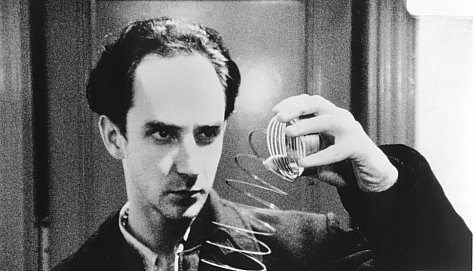
Darren Aronofsky is well-known for his notable films such as “The Wrestler” (2008) and “Black Swan” (2010). However, his debut movie, “Pi,” released in 1998, also garnered acclaim in its time. Shot in black and white and clocking in at a concise 84-minute runtime, “Pi” revolves around the life of Max Cohen (portrayed by Sean Gullette), a number theorist whose existence is consumed not only by mathematics and the quest for patterns but also by relentless headaches, paranoia, hallucinations, and social anxiety. This intelligent and captivating cerebral thriller earned Aronofsky a Best Director award at Sundance and a Best First Screenplay accolade at the Independent Spirit Awards.
A Beautiful Mind (2001)

In the 2001 drama “A Beautiful Mind,” John Nash (played by Russell Crowe) is portrayed as a brilliant mathematician who becomes disenchanted with his job at MIT. His life takes an intriguing turn when he eagerly accepts a new position working for the Pentagon. His mission: to decipher hidden clues, concealed in plain sight, that are believed to reveal the location of a Soviet bomb. However, as the story unfolds, it becomes apparent that Nash’s new boss and job are mere products of his own imagination, as he grapples with a diagnosis of paranoid schizophrenia.
Facing the impending loss of his family, his freedom, and his grip on reality, Nash must confront the challenge of harnessing his formidable intellect to regain control over his own mind. This gripping narrative is inspired by the true story of the mathematician John Nash.
The film received eight Academy Award nominations and capitalized on half of them, including prestigious wins for Best Picture, Director (Ron Howard), Adapted Screenplay (Akiva Goldsmith), and Supporting Actress (Jennifer Connelly).
“Proof” (2005)
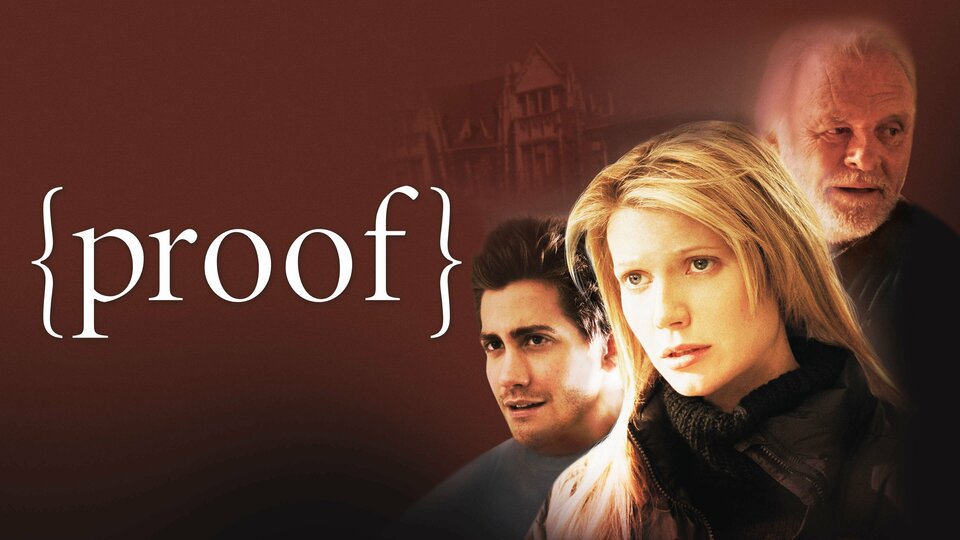
In the 2005 drama “Proof,” Catherine (played by Gwyneth Paltrow) finds herself grappling with the aftermath of her father Robert Llewellyn’s (Anthony Hopkins) passing. Her father, a brilliant mathematician, had also battled mental illness. This loss forces Catherine to confront not only her grief but also her complex relationship with her estranged sister (Hope Davis). Moreover, she must reckon with her own intellectual gifts and the vulnerability to mental health challenges that they entail.
Adding to the narrative is Jake Gyllenhaal, who portrays Robert’s former student. He steps into Catherine’s life, initially as a helper, and eventually, their connection deepens into a meaningful relationship.
While “Proof” did not achieve financial success at the box office, it garnered widespread critical acclaim. Gwyneth Paltrow’s performance in particular earned her a well-deserved Best Actress Golden Globe nomination.
“21” (2008)

The MIT Blackjack Team, comprised of both current and former students from the Massachusetts Institute of Technology, had a singular objective: to outsmart casinos by employing card counting and various mathematical techniques to gain an advantage in blackjack. Their remarkable story inspired the 2003 book “Bringing Down the House,” although it has faced criticism for potential exaggerations and inaccuracies. This literary work later served as the source material for the 2008 film “21.”
Starring Jim Sturgess, Kevin Spacey, Kate Bosworth, Laurence Fishburne, Liza Lapira, Aaron Yoo, and Jacob Pitts, “21” received mixed reviews from critics. Despite the varied critical opinions, the film enjoyed significant success at the box office, solidifying its place as a commercial hit.
“Agora” (2009)
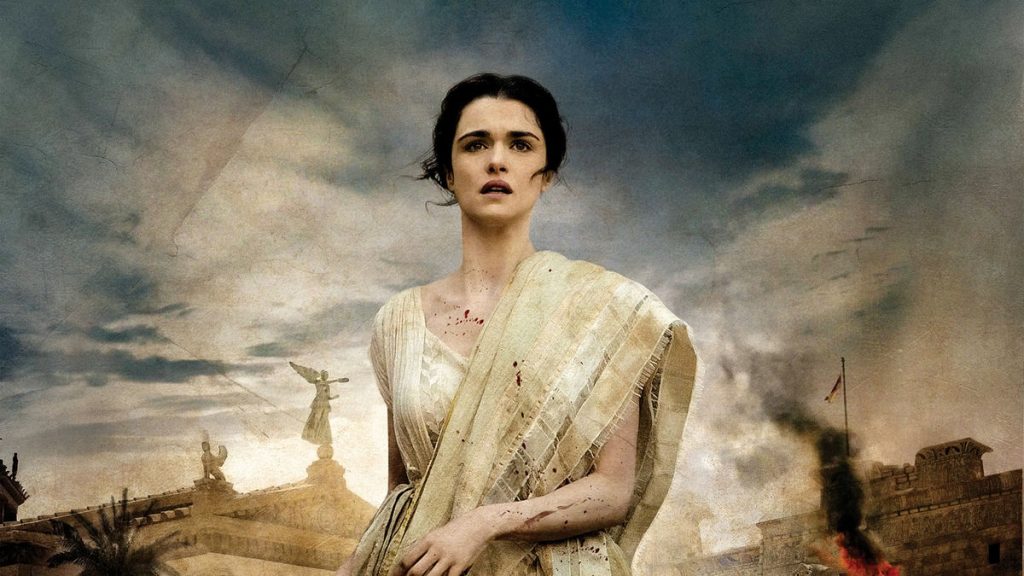
Ever wonder who was the first female mathematician in recorded history? That distinction goes to Hypatia, who was also a philosopher and astronomer and lived in the Roman province of Egypt in the fourth century. At a time of religious turmoil, she both preserved and taught knowledge from the classical era, even though it eventually cost Hypatia her life. The influential figure was portrayed by Rachel Weisz in the 2009 Spanish film “Agora,” which debuted at Cannes and eventually became Spain’s highest-grossing film of the year and the recipient of 13 Goya Award nominations, even though the box office numbers only recouped a little more than half of its $70 million budget. Oscar Isaac and Max Minghella appeared in supporting roles.


